The Second Wave of Coffee
The characteristics that epitomize specialty coffee emerged in the United States out of the San Francisco Bay Area. Alfred Peet, a Dutch immigrant who favored European-style coffee, opened a Peet’s Coffee & Tea in Berkeley in 1966. Peet sold coffee beans that were roasted darker – and brewed stronger – than the thinner-bodied coffee popularized earlier in the 20th century. This represented the shift away from “commodity coffee” to recognizing coffee as an artisanal global product that could be prepared well at home.
The term “specialty coffee,” however, is attributed to Erna Knutsen in the mid-1970s, a San Francisco-based importer of low-batch quality coffee who used the term to market the product to independent roasters.
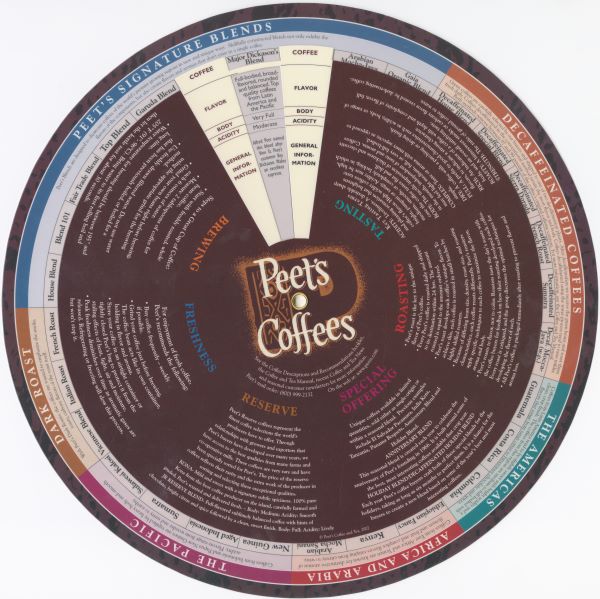
George Howell founded Coffee Connection in Cambridge, Massachusetts, in 1975 as part of the specialty coffee movement. He envisioned his coffee shops as “a hearth, a place where people come together.” The specialty roaster also sold beans through the bakery chain, Au Bon Pain. Coffee Connection invented the formula for the original Frappuccino and sold the naming rights to Starbucks, which acquired the company in 1994.
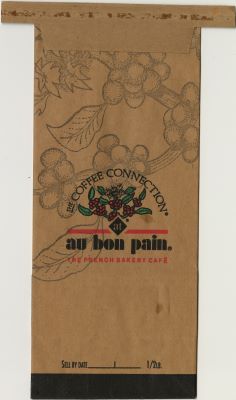
Russ Kramer Papers, D-817
Starbucks
The “second wave” of coffee included a resurgence of home grinding and brewing. In January 1970, Starbucks co-founder Jerry Baldwin received a gift of a Salton coffee grinder from his mother, several months before the idea of the Starbucks coffee shop germinated.
Starbucks was founded in 1971 by friends Jerry Baldwin, Gordon Bowker, and Zev Siegl. The trio of “accidental entrepreneurs” were inspired by European coffee from their travels, and after meeting Alfred Peet, who mentored them about coffee and roasting, they opened the first Starbucks store at 2000 Western Avenue on the edge of Pike Place Market in Seattle. Starbucks promised customers “the best cup of coffee in the city and the world.” In addition to coffee beans – and later, brewed coffee – Starbucks sold roasted beans, tea, spices, chocolate, and a variety of home grinders.
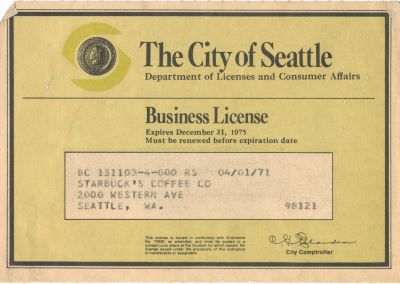
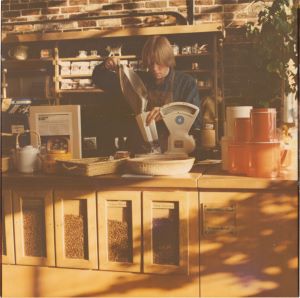
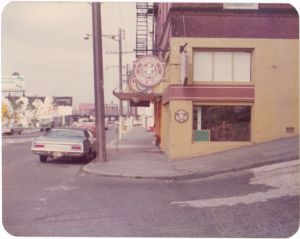
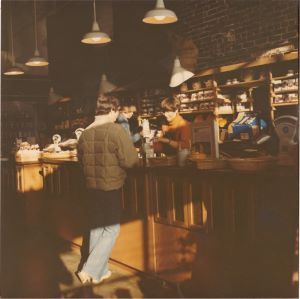
Photographs from original Starbucks at 2000 Western Avenue, circa 1971.
Jerry Baldwin Papers, D-816
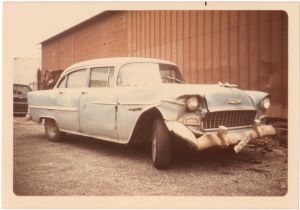
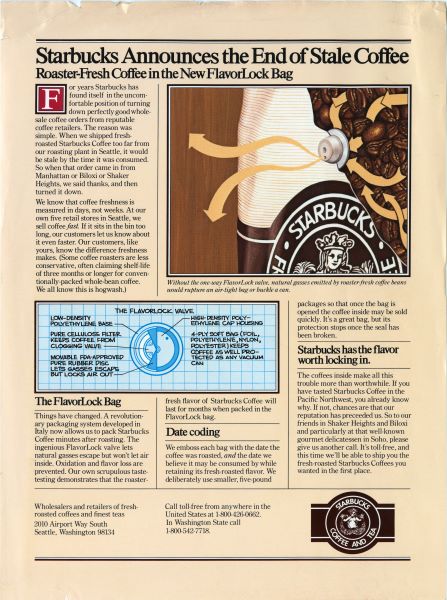
Jerry Baldwin Papers, D-816
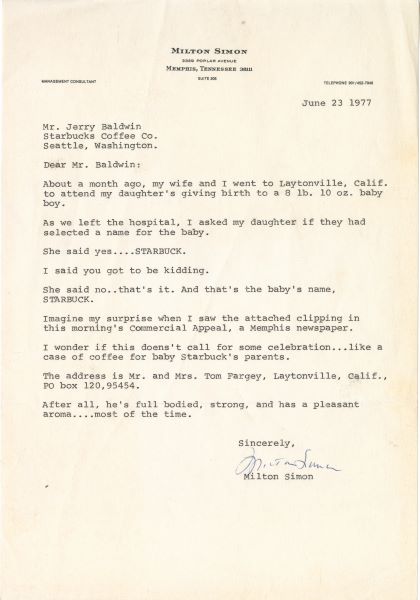
Jerry Baldwin Papers, D-816